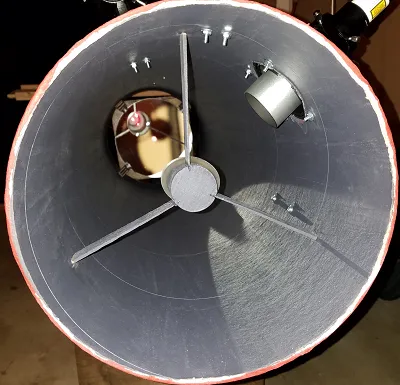Part of human history’s story is how the faculties of scientific practice search for rational explanations to events depicted in the world’s religions. The most famous is the great ancient flood. As a matter of faith or not, people in every corner of Earth yearn for grounded reasons to understand their relationship with the Divine. And from the life of Jesus Christ, there is no greater curiosity from The Gospel than the account of the Three Wise Men.
Within the entire breadth of the Bible, the story of the Magi is a strong candidate for interpretation and discussion by both theologians and scientists. History is documented through the chronologies of the Israeli and Judean kings, but the Magi’s travels according to a potential astronomical event is too intriguing not to be pondered by the curious mind.
From Matthew 2:1-2,7,9,10:
When Jesus was born in Bethlehem of Judea, in the days of King Herod, behold, magi from the east arrived in Jerusalem, saying, “Where is the newborn king of the Jews? We saw his star at its rising and have come to do him homage.”
Then Herod called the magi secretly and ascertained from them the time of the star’s appearance.
After their audience with the king they set out. And behold, the star that they had seen at its rising preceded them, until it came and stopped over the place where the child was. They were overjoyed at seeing the star”
If one were to look for a purely scientific explanation, the Magi discovered an astronomical event, their interpretation of which caused them to follow it towards the west. Traveling likely for some time, weeks or months, eventually the star arrived at an obvious destination in the relative night sky, perhaps closing in towards Zenith around midnight. By that time, the Magi had reach Jerusalem. In their onward travel towards Bethlehem, the star finally did reach Zenith at the proper evening time.
Common explanations for what the star really was are:
- Exploding supernova
- Very bright comet
- Unique planetary alignment
- Extraordinary upper atmosphere event
- An alien spacecraft
Even if you subscribe to one or all of these (even the last one), there will never be a means to prove even a remote proximity to an explanation. The most obvious trouble is that we don’t know both the exact year and time of year that Jesus was born. He was likely born a few years before 1 Anno Domini, due to the system’s inventor, a 6th-century monk, getting the years slightly wrong. As for the exact date, the Bible gives no reference, with December 25th eventually being more a Roman imperial choice aligning with a pagan feast day.
So if we don’t know the year and day or Christ’s birth, how can we ever hope to align what appears to be an extremely specific astronomical event to it? For the sake of argument, if we knew definitively the real date and year of Christmas, astronomers would have enough data to make highly plausible hypotheses for what the Magi’s star truly was.
As for my own understanding, going back to my time in the seminary, I believe the stories of the Nativity, found only the Gospels according to Luke and Mathew, were intended not as a historical accounts but allegorical links to the Old Testament for their contemporary readers to understand that Jesus was the Messiah. The story of the Magi itself is only found in Matthew, with no allusions to it in any of the other three Gospel accounts.
Nativity accounts aside, the true celebration of Christmas is not about magi or shepherds or mangers or even a birth, but the coming of Christ into our world. For, “all things came to be through him, and without him nothing came to be.” (John 1:3)







